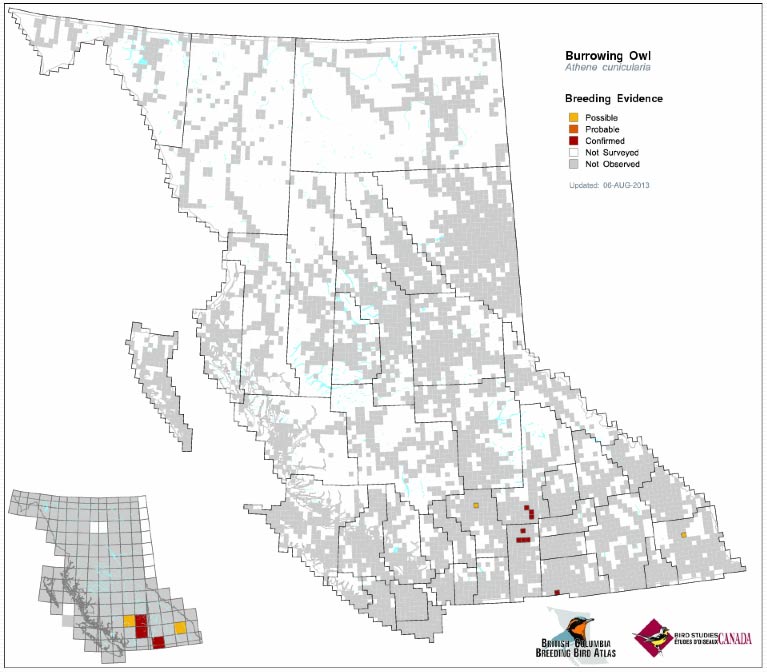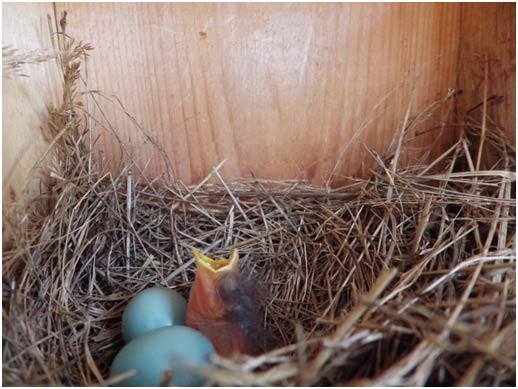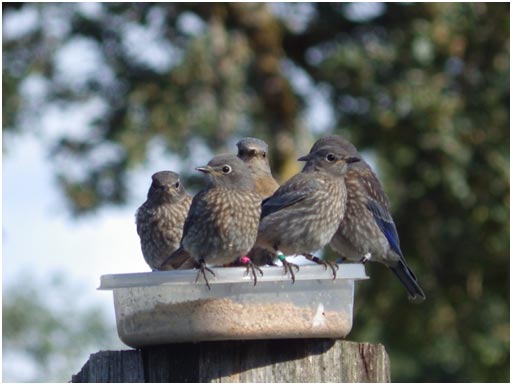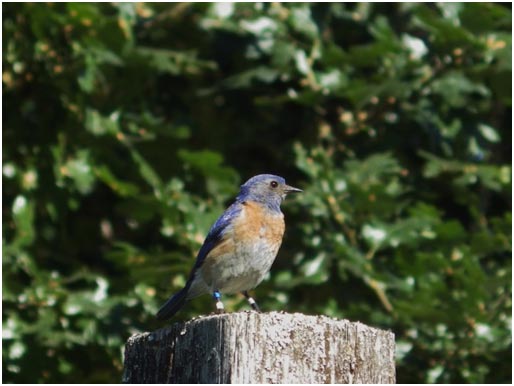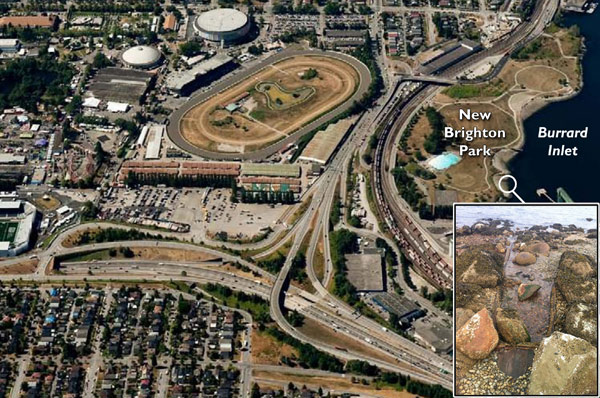A joint venture between HCTF, FFSBC and the Province is making angling more accessible to families who may have previously found going fishing a challenge. By installing docks and making site improvements at stocked lakes near urban centres, the Vancouver Island Urban Lake Fishery Development & Improvement Program is providing new opportunities for anglers young and old to experience great fishing close to home.
Urban lake infrastructure programs have been created to help reverse the trend of declining angler numbers across BC. Research by the Freshwater Fisheries Society of BC (FFSBC) indicates that one of the best ways to increase angler participation is through creation of new fishing opportunities for youth. By constructing family-friendly fishing sites that don’t require a boat and are within easy driving distance of urban centres, project leaders hope to eliminate some of the hurdles that may have previously discouraged families from fishing.
The Vancouver Island Urban Lake Fishery Development & Improvement Program began in 2009 with seed funding from HCTF. Project leader Scott Silvestri and his team carefully selected project sites that would both maximize potential angler benefits and minimize expenditures through partnerships with local clubs and municipalities. The project has already received over $75,000 in HCTF grants, funding the completion of seven angling infrastructure projects at urban lakes on the Island. These include:
• Newly-constructed fishing floats, ramps and trails at Durrance Lake, Diver Lake and Westwood Lake.
• A new fishing float at Mayo Lake.
• Repairs to the walkway of the fishing float at Chemainus Lake.
• Development of a car-top boat launch for Quennell Lake.
• Improvements to the boat launch at Spider Lake.
Above: Map showing the location of projects completed under the HCTF-funded Vancouver Island Urban Lake Fishery Development/ Improvement Program.
The program has received an additional $56,000 in grants from HCTF for 2013-14. This money will be combined with other partner contributions to fund a number of infrastructure additions from the following potential project list:
• Construction of wheelchair-accessible fishing dock at Blinkhorn Lake.
• Construction of fishing floats at Colwood Lake and Thetis Lake.
• Creation of boat launches and fishing docks at Prospect Lake and Echo Lake.
The response to these improvements has been overwhelmingly positive. Observations of increased angler use at sites where infrastructure work is complete suggest that the upgrades and additions are working: by making fishing more accessible, this project not only has the potential to inspire new groups of conservationists through participation in angling, but also increase funding for fish enhancement and restoration projects through additional licence sales.
The success of the Vancouver Island program has paved the way for HCTF to support similar dock installation projects in the Thompson-Nicola, Cariboo and Skeena Regions. Over the past few months, new docks have been constructed at Yellow Lake (between Keremeos and Penticton), at Edith Lake (approximately 18 km south of Kamloops) and Greeny Lake (north of 100 Mile House). These docks will be used for FFSBC’s Learn to Fish programs in subsequent years, further increasing opportunities for new anglers.
The Vancouver Island Urban Lake Fishery Development & Improvement Program was presented with an HCTF Silver Award in recognition of its efforts to increase angler participation by improving fishing infrastructure at lakes near urban centres. In addition to this award from HCTF, the program has also been named a regional finalist in the BC Premier’s Innovation and Excellence Awards. The awards, which will be handed out in September 2013, recognize exceptional work by B.C. public service employees and teams whose contributions have made a positive difference in the province. You can watch the project’s award finalist video below.




